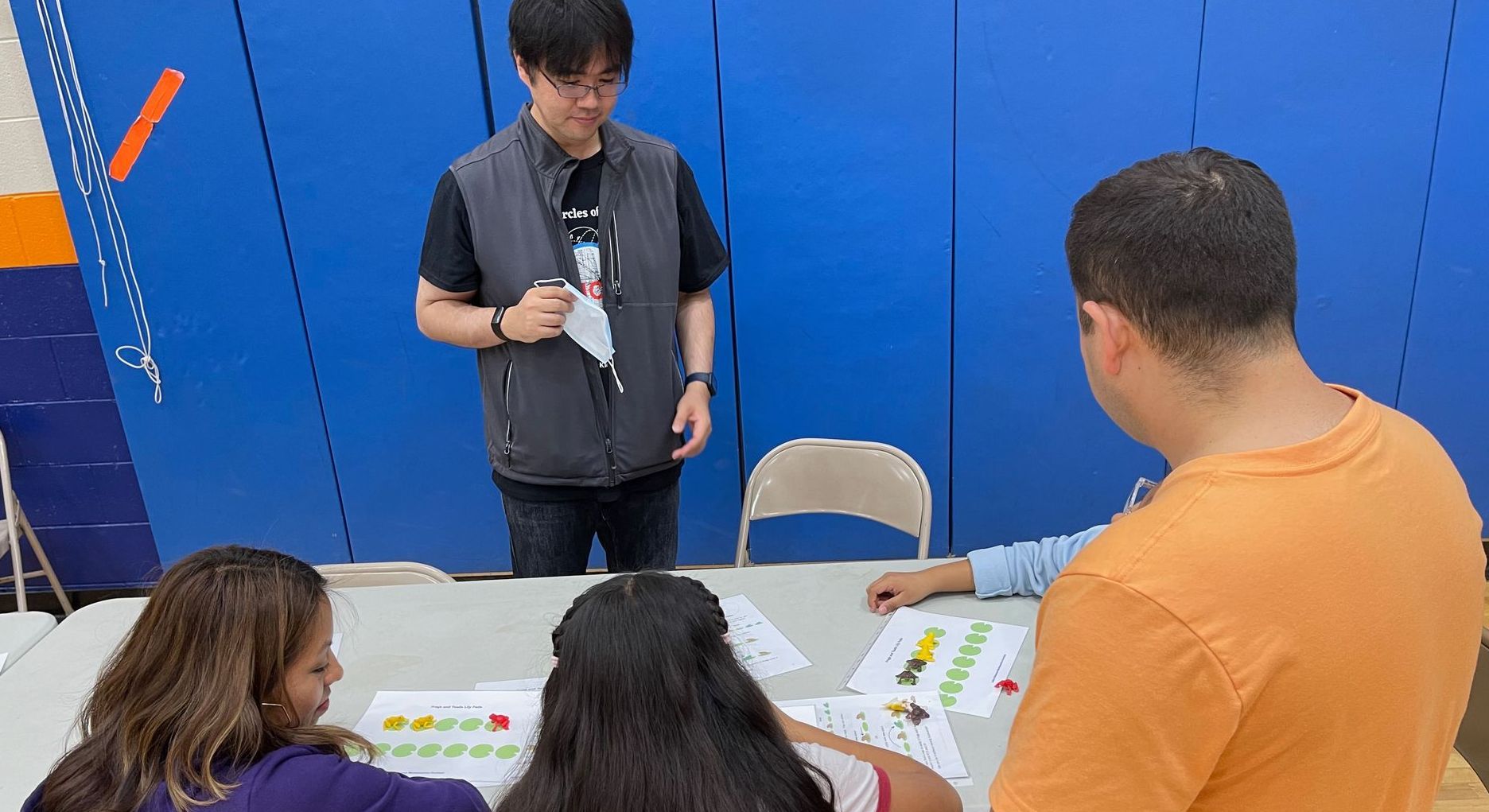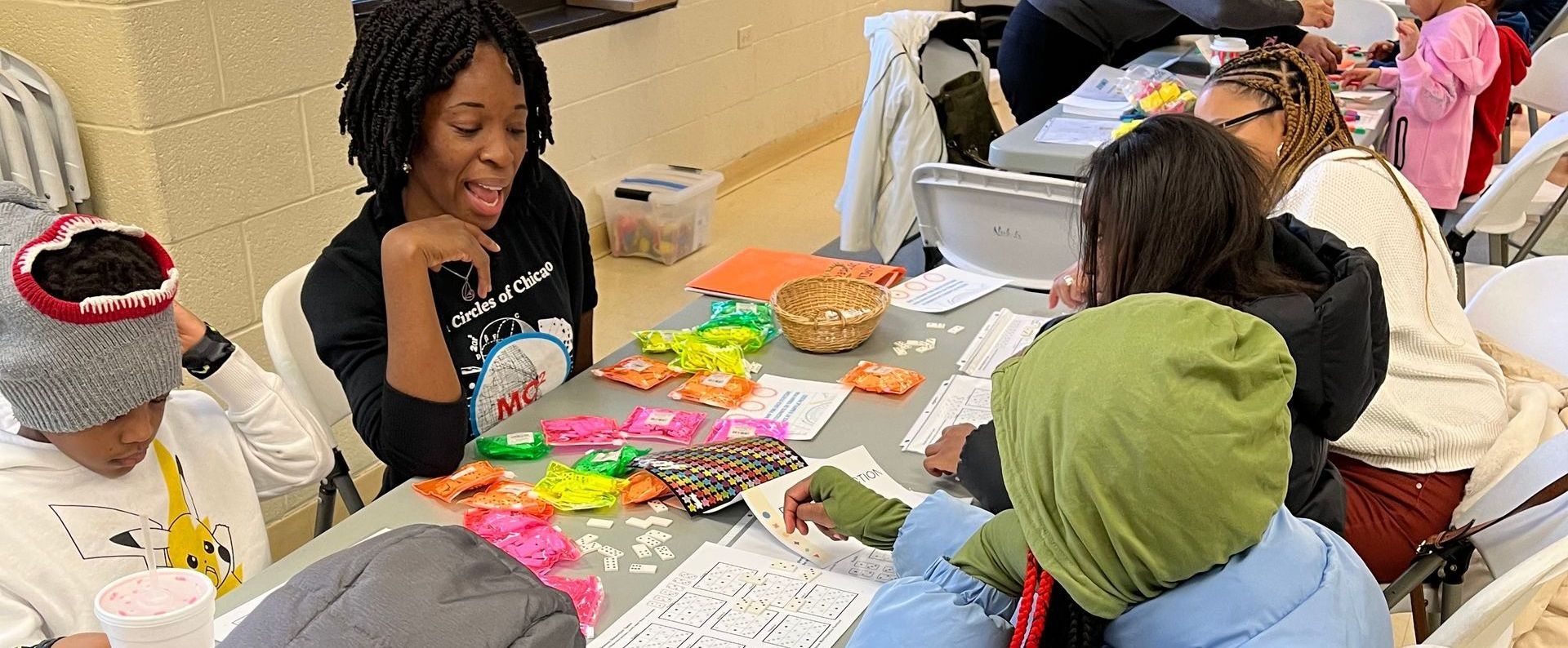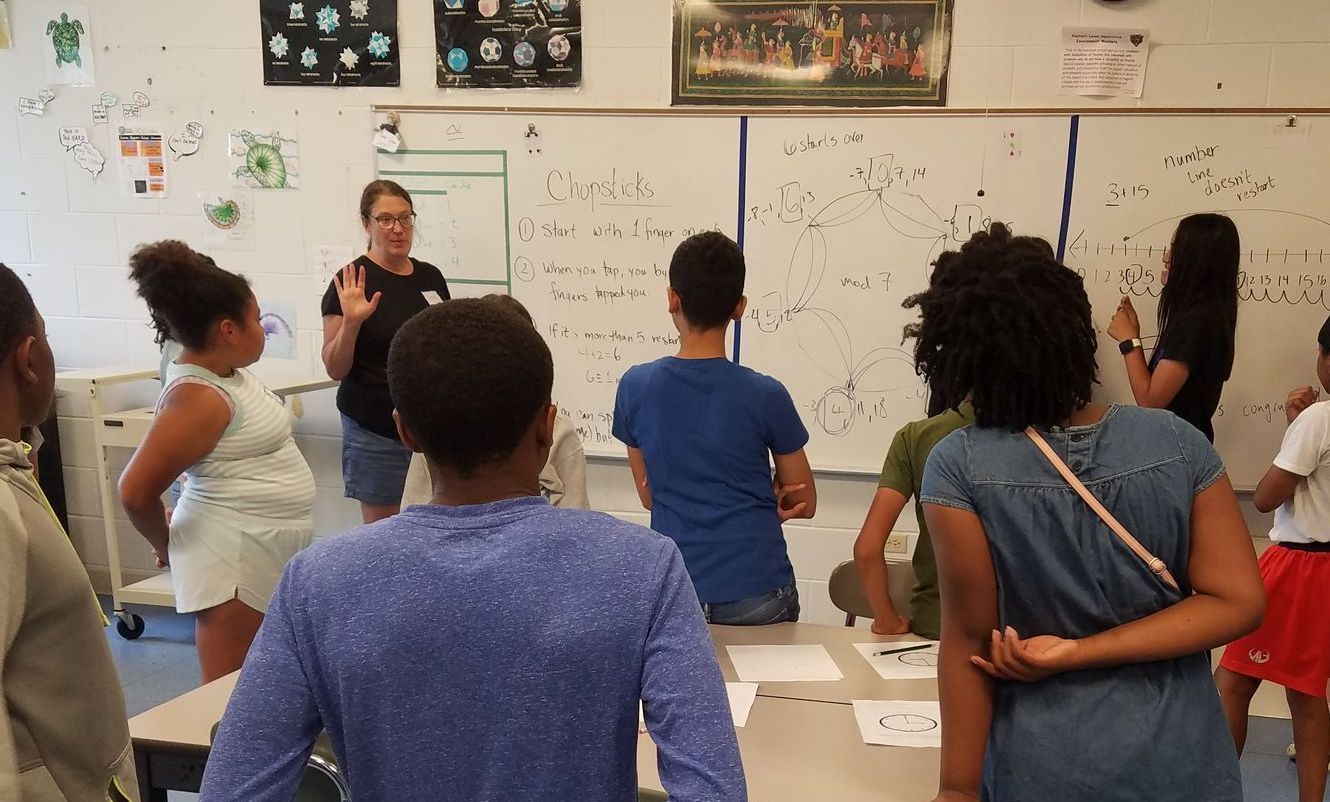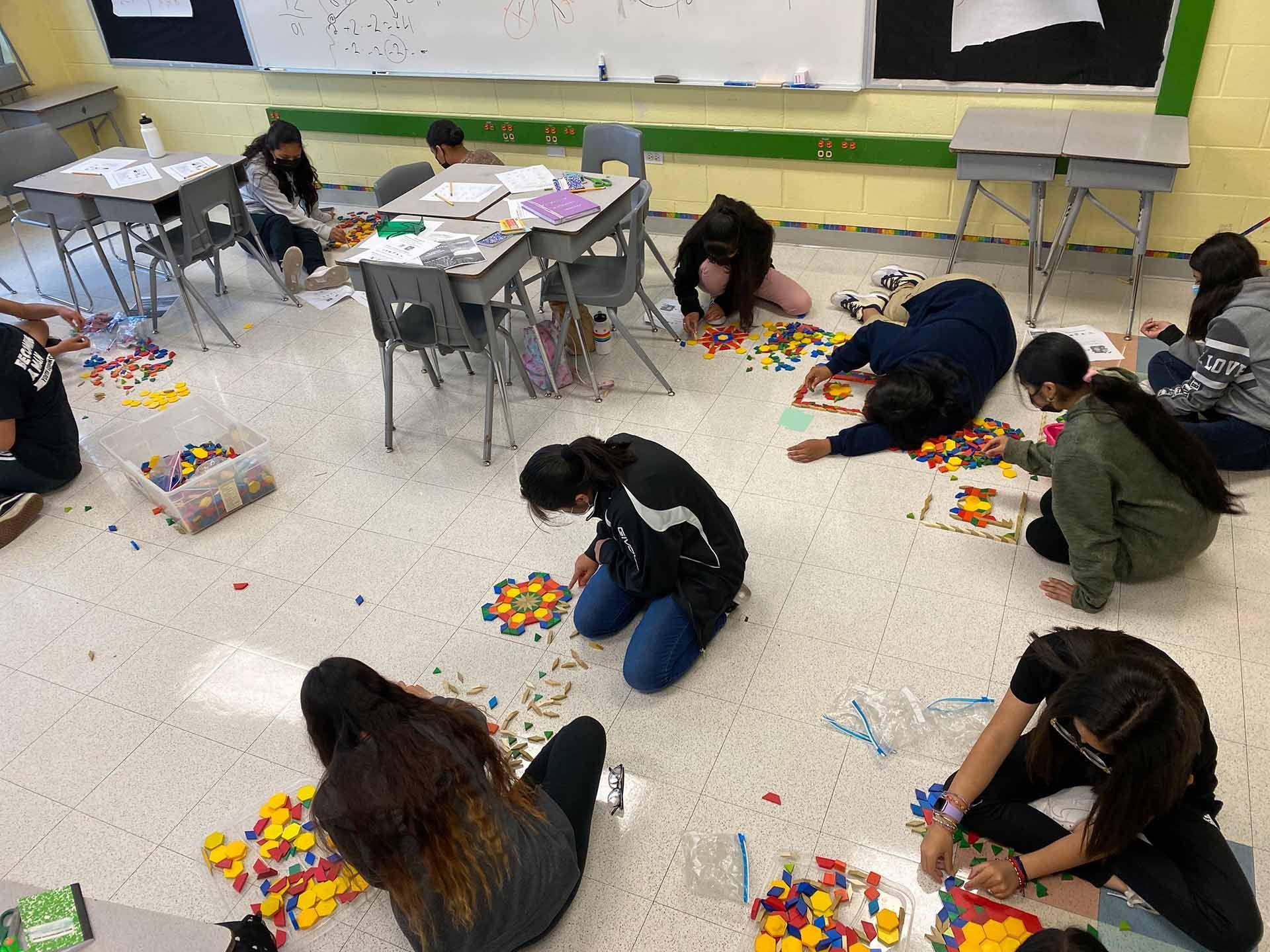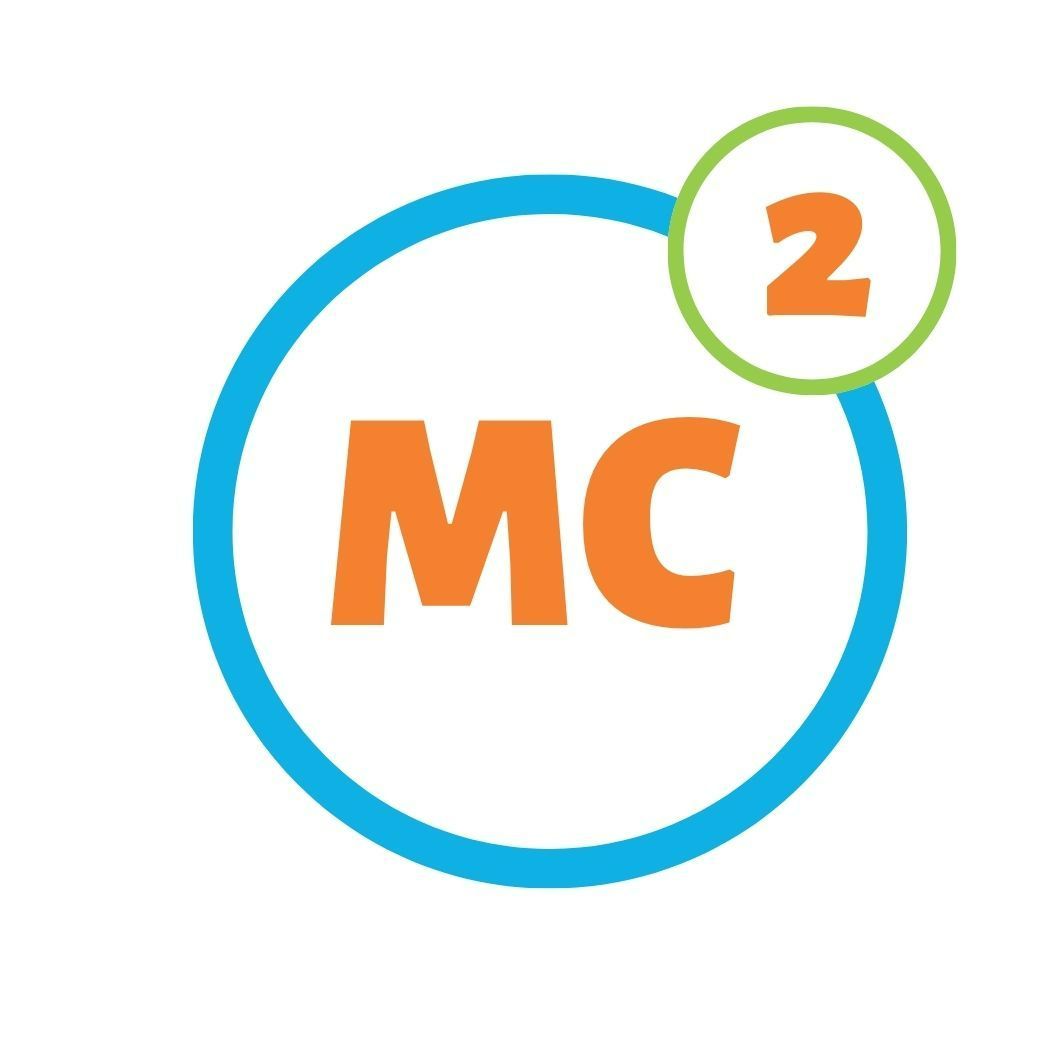Last week the New York Times published, “ Make Your Daughter Practice Math. She’ll Thank You Later. The way we teach math in America hurts all students, but it may be hurting girls most. ”
It’s the sort of article that leads me to write a Comment, but many people beat me to it. Typical were responses about a father forcing the child to memorize times tables, which the child resented at the time, but boy was dad proud the day that PhD was earned (this Comment was an ‘NYT Pick’).
The editorial compares learning math to learning a musical instrument. Just like learning to play the guitar, “Simply understanding how a chord is constructed isn’t the equivalent of being able to play the chord….The word “rote” has a bad rap in modern-day learning”.
The piece argues that math teaching places too much emphasis on conceptual understanding, and not enough on the kind of drill that makes reciting times tables automatic.
The problem is that the author here doesn’t take the analogy far enough. True, the goal of playing a guitar is not understanding why a chord is a chord, but the goal of playing a guitar is also not playing chords.
The goal is to make music.
So what’s the object of doing math? It’s not doing times tables. It’s conceptual understanding itself.
Now, I don’t actually disagree that kids need to be fluent mathematically, just as there is value in learning to play individual chords on a guitar as a route to playing a full piece. But memorizing times tables is actually the equivalent of memorizing where your fingers go rather than actually placing those fingers properly on the fret board.
So how do you learn to ‘play’ math the right way?
What is 9 x 7? 63. How do I know this?
- 10 x 7 is 70. To get 9 7’s, 70 – 7 = 63.
- 5 x 7 = 35 and 4 x 7 = 28, and 35 + 28 = 63.
- 10 x 10 = 100. 9 x 11 = 99. 12 x 12 = 144. 11 x 13 = 143. I see a pattern. Since 8 x 8 = 64, multiplying 1 less than 8 by 1 more than 8 is 63. Later in Algebra I’ll be able to connect this to the full generalization that (x + 1)(x – 1) = x^2 – 1, a special case of what’s called a, “Difference of squares.”
- It’s 63 because I have it memorized.
The memorization came after I made connections. This result fit into an overall structure, with the truth of any one piece fitting into a larger picture. And, moreover, it fit into a future picture. When it came time for Algebra, my experience learning arithmetic fit. I didn’t go on to memorize the distributive property and the difference of squares pattern, I connected them to prior learning.
“Rote” has a bad rap in modern math learning for good reasons. The article goes on to say, “But girls especially could benefit from some extra required practice, which would not only break the cycle of dislike-avoidance-further dislike, but build confidence.”
My 25 years of teaching experience tells me the opposite. When students learn by rote, they are two years away from never being successful in math again. When the math you know is a disconnected, unstructured house of cards, you don’t know when it will fall apart, but you know that it will.
